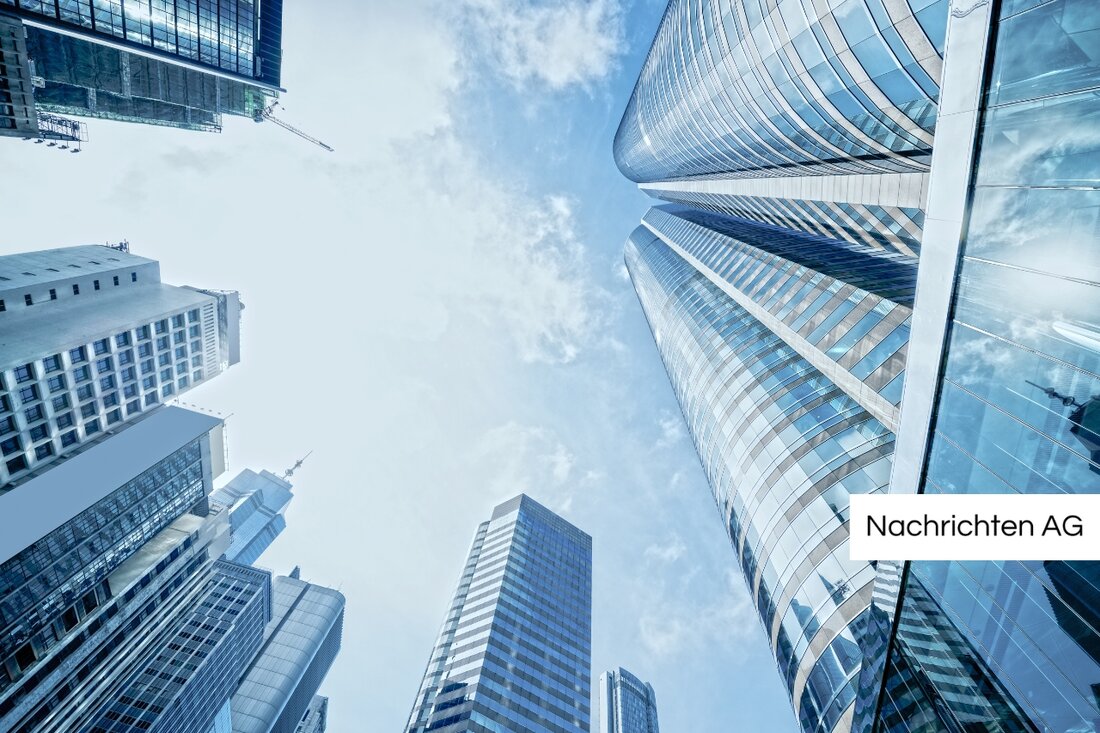Musk relies on robotaxis: Is the turning point for Tesla coming after the decline in profits?
Elon Musk announces a comprehensive robotaxi offensive for Tesla while sales and profits are declining. Is this the turning point?

Musk relies on robotaxis: Is the turning point for Tesla coming after the decline in profits?
In the face of falling sales figures and lower profits, Elon Musk is relying on an ambitious robotaxi offensive at Tesla. The charismatic CEO announced that the company would like to offer autonomous rides to half of the US population by the end of next year, assuming regulatory approvals are green. Loud Free press Tesla's business shrank to a worrying extent in the last quarter: Profit fell by 16 percent to $1.17 billion and sales fell by 12 percent to around $22.5 billion.
The ambitious plans to introduce the “Cybercab” robotaxi model are part of Musk’s strategy to get Tesla back on track. The entrepreneur said that at least two million of these vehicles should be built every year - in the best case scenario even four million. “That’s my best estimate,” Musk said. However, the production line for the Cybercab is not scheduled to start on a larger scale until 2026. Until then, the current models will have to continue to impress, although every electric car from Tesla can theoretically drive autonomously, reports car dealership.
Market analysis and competition
An important challenge for Tesla remains the competition, which, according to analyses, tends to be very popular. Waymo, a big player from Silicon Valley, leads the market with over 100,000 trips per week in several US cities. In contrast to Tesla, Waymo relies on expensive technology - specifically lidar - while Musk promotes the use of cameras for autonomous vehicle technology. A risky but cost-saving approach that is viewed with skepticism because obstacle detection may not be optimal. The US Department of Transportation (NHTSA) is currently seeking answers to accidents linked to Tesla's versions of Autopilot.
The current sales figures don't seem to be convincing either: In the last quarter, deliveries fell by 13.5 percent to 384,122 vehicles. Even the expected sales of $25.4 billion were missed at $25.2 billion. The auto sector is already under pressure; Sales are forecast at around 1.6 million this year, while production capacity is well above that at 2.35 million. To counter demand, CFO Taneja announced that a new, cheaper model would be launched, similar to the Model Y but with fewer features.
The outlook for Tesla
However, on the stock market, Musk's announcements during a conference call caused a small rebound, as Tesla shares rose about 12 percent in after-hours trading. Ultimately, however, future prospects remain uncertain, particularly as the current US electric car subsidy of $7,500, expiring in September 2025, is likely to bring further uncertainty. Musk plans to put self-driving cars on the roads in Texas and California in the coming months and is hoping for a nationwide regulation to allow autonomous cars.
The developments surrounding Tesla and the robotaxi offensive are under keen scrutiny from investors and consumers. It remains to be seen whether Musk can actually turn things around for the better with his plans. But one thing is certain: the challenge is great and the market demands results now.

 Suche
Suche
 Mein Konto
Mein Konto